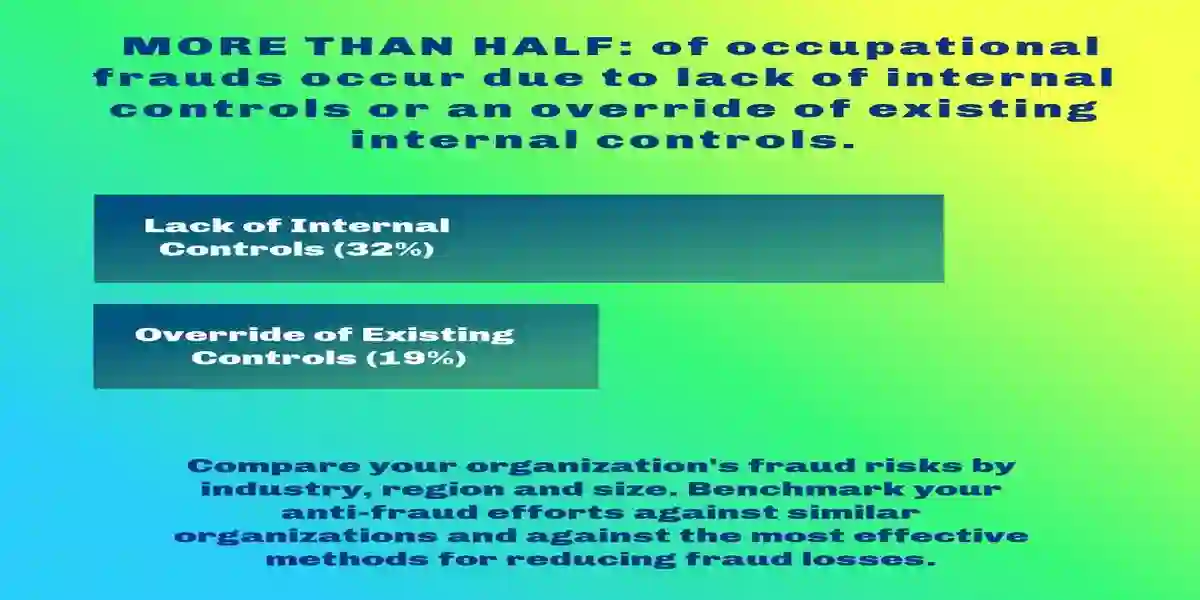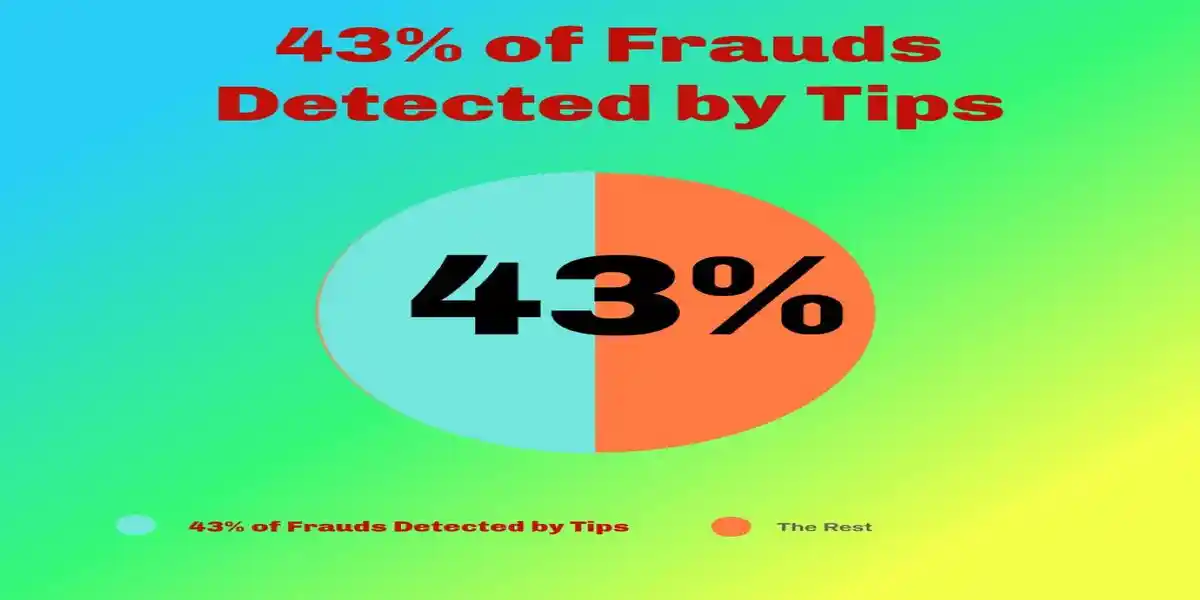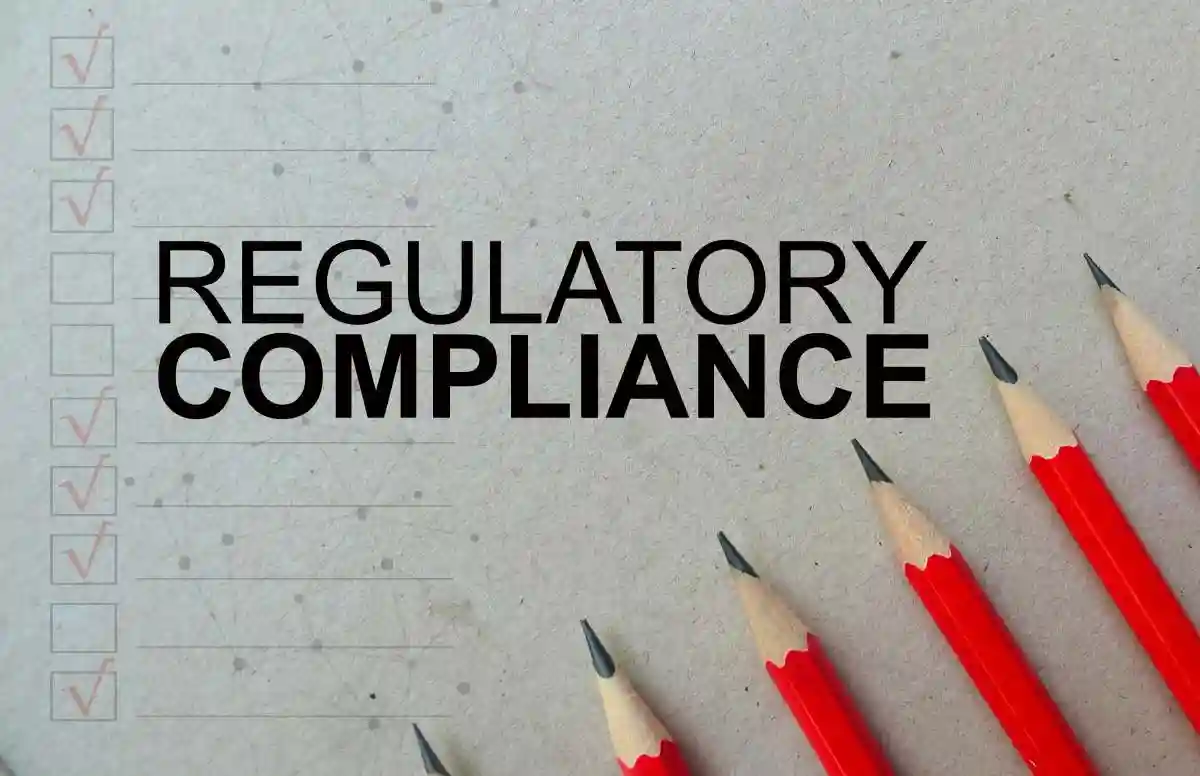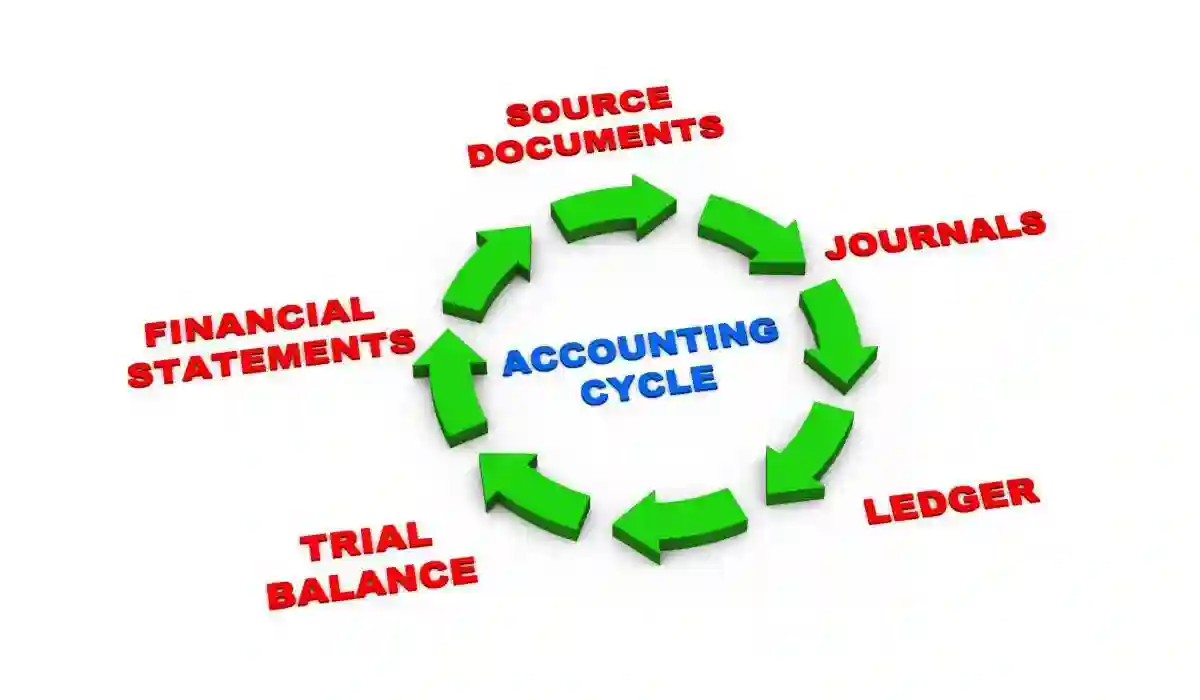Introduction to the Best Practices for Corporate Governance to Mitigate Securities Fraud
Best Practices for Corporate Governance
- Best practices for corporate governance include promoting board independence and diversity, ensuring a clear separation between the roles of chairperson and CEO, and establishing strong ethical guidelines through a code of conduct.
Risk Assessment
- Implementing robust corporate governance practices becomes essential in mitigating securities fraud risks, particularly those stemming from aggressive revenue recognition policies.
- These governance frameworks must focus intensively on enhancing transparency in financial reporting, promoting ethical conduct throughout the organization, and ensuring strict compliance with relevant regulations.
- Regular risk assessments should specifically target areas prone to aggressive revenue recognition practices, implementing additional controls where necessary.
Enhance Transparency
- Maintain consistent and transparent communication with stakeholders regarding your company’s financial health, strategic decisions, and especially revenue recognition policies.
- Provide detailed disclosures about revenue recognition practices, ensuring shareholders understand the methodology and rationale behind recognition timing.
- Regular updates should include clear explanations of any changes in revenue recognition policies and their potential impact on financial statements.
- Implement robust documentation procedures to support revenue recognition decisions and maintain clear audit trails.
Promote Ethical Conduct
- Establish and regularly update a comprehensive code of ethics that specifically addresses revenue recognition practices and financial reporting integrity.
- Conduct regular training sessions focusing on proper revenue recognition procedures and the risks of aggressive revenue recognition.
- Create clear channels for reporting concerns about aggressive revenue recognition policies or other potential financial reporting irregularities.
- Foster a culture of integrity where ethical financial reporting takes precedence over short-term performance metrics.
Ensure Compliance
- Stay informed about evolving securities regulations and accounting standards, particularly those affecting revenue recognition practices.
- Regularly update internal policies to reflect changes in regulatory requirements and industry best practices.
- Conduct periodic internal audits specifically focused on revenue recognition policies and their implementation.
- Maintain strong documentation of compliance efforts and regular reviews of revenue recognition practices.
- Implement multi-level review processes for significant revenue recognition decisions to prevent aggressive practices.
- By adopting these comprehensive best practices, organizations can create a robust governance structure that effectively prevents aggressive revenue recognition and other forms of securities fraud while enhancing overall organizational integrity.
Types of Securities Fraud
| Type | Description |
| Affinity Fraud | Fraudsters exploit trust within specific groups—such as religious or ethnic communities—to promote fraudulent investments, often involving misrepresented revenue recognition schemes. |
| Boiler Rooms | High-pressure sales operations use aggressive tactics to promote investments based on manipulated financial statements, frequently involving aggressive revenue recognition practices. |
| Embezzlement | Financial professionals misappropriate client funds while using aggressive revenue recognition and other accounting manipulations to conceal their actions. |
| Insider Trading | Trading securities using material, non-public information, often related to upcoming revenue recognition adjustments or financial restatements. |
| Misleading Financial Statements | Companies employ aggressive revenue recognition policies and other deceptive practices to present false financial health and attract investors. |
| Ponzi Schemes | Fraudulent investment operations use aggressive revenue recognition to create illusions of profitability while paying earlier investors with new investor capital. |
| Pump and Dump Schemes | Manipulators inflate stock prices through false statements about revenue and earnings, often involving aggressive revenue recognition, before selling their shares. |
| Pyramid Schemes | Similar to Ponzi schemes but emphasizing recruitment, these operations often employ aggressive revenue recognition to mask their true nature. |
| Recovery Room Schemes | Scammers target previous fraud victims, promising recovery of losses while employing aggressive revenue recognition to create appearances of legitimacy. |
| Unsuitable Investments | Advisors recommend inappropriate financial products, often in companies known for aggressive revenue recognition practices, to earn higher commissions. |
Developing a Robust Whistleblower Policy
Whistleblower Policy
- A robust whistleblower policy serves as a cornerstone of effective corporate governance, particularly crucial for detecting aggressive revenue recognition practices and other financial irregularities.
- Such policies create secure channels for employees to report concerns about aggressive revenue recognition policies without fear of retaliation, acting as an early warning system against potential securities fraud.
- The policy should explicitly encourage reporting of suspicious revenue recognition practices that could mislead investors or manipulate financial statements.
- Regular review and updates of the whistleblower policy ensure it remains effective and aligned with evolving regulatory requirements and industry best practices.
Establish Reporting Channels
- Implementing multiple, secure reporting channels is essential for an effective whistleblower program that can identify aggressive revenue recognition and other financial reporting concerns.
- Organizations should provide diverse reporting options including confidential hotlines, secure email systems, dedicated web portals, and in-person reporting mechanisms to senior compliance officers.
- Each channel must maintain strict confidentiality protocols and data security measures to protect whistleblower identities and sensitive information.
- Regular testing and monitoring of these channels ensure they remain accessible and functional when needed most.
- Training programs should educate employees about available reporting channels and proper procedures for documenting concerns about aggressive revenue recognition or other financial irregularities.
Outline Protections for Whistleblowers
- Comprehensive protection measures must be clearly documented and consistently enforced to encourage reporting of aggressive revenue recognition and other financial misconduct.
- Anti-retaliation provisions should explicitly prohibit any form of discrimination, harassment, or adverse employment action against whistleblowers.
- The policy must guarantee confidentiality and anonymity options for individuals reporting suspicious financial practices or aggressive revenue recognition policies.
- Regular communication about successful whistleblower cases (while maintaining confidentiality) can demonstrate the organization’s commitment to protecting those who speak up.
- Clear documentation of protection measures helps build trust in the whistleblower program and encourages participation.
Establishing an Ethics Policy for a Stronger Governance Framework
Ethics Policy
- A comprehensive ethics policy forms the bedrock of corporate governance, particularly crucial in preventing aggressive revenue recognition and other financial reporting irregularities.
- The policy should explicitly address proper revenue recognition practices and establish clear guidelines for ethical financial reporting.
- Regular ethics training programs must emphasize the importance of accurate financial reporting and the risks associated with aggressive revenue recognition policies.
- The policy should outline specific examples of ethical dilemmas related to revenue recognition and provide clear guidance for resolving such situations.
- Integration of ethics considerations into daily operations helps create a culture of integrity and transparency.
Defining Core Values
- Core values must explicitly prioritize financial reporting accuracy and transparency over short-term performance metrics.
- Organizations should emphasize integrity in revenue recognition practices as a fundamental corporate value.
- Clear articulation of ethical standards regarding financial reporting helps prevent aggressive revenue recognition schemes.
- Regular reinforcement of these values through training and communication programs ensures consistent application throughout the organization.
- Recognition and rewards programs should align with ethical behavior and accurate financial reporting practices.
- Developing an ethics policy requires establishing foundational values and principles that align seamlessly with your organization’s mission and vision, particularly regarding financial reporting practices and aggressive revenue recognition policies. The policy must explicitly address proper revenue recognition standards to prevent misleading financial statements.
- These core values and ethical standards should be communicated clearly and consistently across all organizational levels through comprehensive training programs, regular workshops, and ongoing reinforcement initiatives. Special emphasis must be placed on educating employees about the risks and consequences of aggressive revenue recognition schemes.
- By deeply embedding ethical behavior and transparency into your corporate culture, particularly regarding financial reporting practices, you create an environment where fraudulent activities and aggressive revenue recognition are less likely to occur. This cultural foundation serves as a crucial preventive control against financial misconduct.
Provisions for Ethical Violations
- Your ethics policy must outline detailed procedures for addressing ethical violations, particularly those involving aggressive revenue recognition policies or other financial reporting irregularities. These procedures should include specific steps for investigating potential violations of revenue recognition standards.
- This framework should include comprehensive investigation protocols, clear reporting channels, and specific corrective action measures for addressing ethical breaches. The policy should explicitly detail consequences for engaging in aggressive revenue recognition or other forms of financial statement manipulation.
- By implementing and maintaining a transparent process for handling ethical issues, particularly those involving financial reporting practices, you demonstrate your organization’s unwavering commitment to maintaining a fair, honest, and compliant business environment. This transparency helps build trust with stakeholders and reinforces ethical behavior.
Ensuring Regulatory Compliance and Understanding Enforcement
Regulatory compliance
- Serves as a fundamental pillar of effective corporate governance and fraud prevention, particularly regarding aggressive revenue recognition practices. It encompasses strict adherence to all relevant accounting standards, securities laws, and industry regulations governing financial reporting.
- Understanding the implications and potential consequences of regulatory enforcement actions is crucial for maintaining compliance and avoiding severe legal repercussions, especially concerning aggressive revenue recognition policies. Organizations must stay informed about regulatory expectations regarding revenue recognition practices.
- To ensure comprehensive compliance, organizations must maintain current knowledge about evolving regulations and promptly adjust their policies and procedures accordingly. This is particularly crucial for revenue recognition standards and financial reporting requirements.
- This necessitates having a dedicated compliance team or officer responsible for monitoring regulatory developments, particularly those affecting revenue recognition practices, and effectively communicating these updates throughout the organization. The team should provide regular guidance on proper revenue recognition policies.
Regular Employee Training is a Must
- Consistent training sessions help ensure employees remain well-informed about compliance requirements and understand their specific roles in maintaining them, particularly regarding proper revenue recognition practices. These sessions should explicitly address the risks of aggressive revenue recognition.
- Beyond internal compliance efforts, developing a thorough understanding of regulatory enforcement mechanisms and consequences is essential for maintaining proper financial reporting practices and avoiding aggressive revenue recognition schemes.
- Regulatory bodies possess broad authority to investigate and penalize non-compliant organizations, potentially resulting in substantial financial penalties and significant reputational damage, particularly for aggressive revenue recognition violations.
- By taking a proactive approach to addressing compliance issues, especially those involving revenue recognition practices, organizations can minimize their exposure to regulatory enforcement actions while demonstrating their commitment to ethical business practices and accurate financial reporting.
The Sarbanes-Oxley Act: A Pillar of Corporate Governance
The Sarbanes-Oxley Act of 2002 (SOX)
- Represents landmark legislation that has fundamentally transformed corporate governance and financial reporting standards, particularly addressing aggressive revenue recognition practices. This legislation emerged in response to major corporate scandals and aims to protect investors by ensuring accurate and reliable corporate disclosures.
- The Act mandates crucial requirements for public companies, including establishing robust internal controls over financial reporting and requiring top executives to personally certify financial statements. These provisions specifically target aggressive revenue recognition policies and other forms of financial statement manipulation, making it more challenging for fraudulent activities to remain undetected.
- Compliance with SOX requirements extends beyond mere legal obligation, presenting a strategic opportunity to strengthen corporate governance frameworks and prevent aggressive revenue recognition practices. By implementing necessary controls and procedures, organizations can enhance their financial reporting reliability and build stronger relationships with investors and stakeholders.
Classic Red Flags for Potential Fraud
| Description |
|
| Description |
| Inventory costing method manipulation represents a sophisticated form of financial statement fraud that often intersects with aggressive revenue recognition practices. This deceptive technique involves the deliberate alteration of inventory valuation methods (including FIFO, LIFO, or weighted average) or intentional modifications to production levels with the specific aim of manipulating reported earnings. When combined with aggressive revenue recognition policies, these practices create a complex web of financial misrepresentation that can significantly distort a company’s true financial position. |
Several key warning signs may indicate potential inventory manipulation in support of aggressive revenue recognition:
- Frequent changes in inventory valuation methods without clear business justification
- Significant discrepancies between physical inventory counts and recorded amounts
- Unusual increases in inventory levels that don’t align with sales trends
- Suspicious timing of inventory method changes near financial reporting deadlines
- Inconsistencies between inventory turnover ratios and industry norms
The implementation of proper internal controls becomes crucial in preventing and detecting these fraudulent practices. Organizations should establish:
- Rigorous physical inventory count procedures with independent verification
- Clear documentation requirements for any changes in inventory valuation methods
- Regular reconciliation of inventory records with physical counts
- Automated inventory tracking systems with built-in control features
- Separation of duties between those who maintain inventory records and those who conduct physical counts

The legal and regulatory implications of inventory manipulation, particularly when combined with aggressive revenue recognition, can be severe. Companies found engaging in these practices may face:
- Securities fraud charges from regulatory authorities
- Substantial financial penalties and legal costs
- Mandatory restatement of financial statements
- Loss of investor confidence and market value
- Criminal prosecution of responsible executives
Stakeholders, particularly shareholders, must remain vigilant in monitoring for signs of inventory manipulation and aggressive revenue recognition policies. Key analytical procedures should include:
- Detailed examination of inventory valuation method changes
- Analysis of inventory turnover ratios over time
- Comparison of inventory levels with industry peers
- Review of gross margin trends for unusual patterns
- Assessment of the relationship between inventory growth and revenue growth
The role of external auditors becomes particularly critical in detecting and preventing these fraudulent practices. Auditors should:
- Perform detailed testing of physical inventory counts
- Review documentation supporting inventory valuation method changes
- Analyze the reasonableness of inventory levels and turnover rates
- Assess the appropriateness of aggressive revenue recognition policies
- Evaluate the overall control environment surrounding inventory management
Companies must maintain consistent and transparent inventory valuation practices unless compelling business reasons justify changes. Any modifications to inventory methods should be:
- Clearly documented and supported by business necessity
- Approved through proper channels, including board oversight
- Disclosed fully in financial statements
- Implemented consistently across all reporting periods
- Aligned with industry standards and best practices
The intersection of inventory manipulation and aggressive revenue recognition often creates complex patterns of financial misrepresentation that can be challenging to detect. Organizations should implement comprehensive fraud prevention strategies that address both areas:
- Regular training programs for employees involved in inventory management
- Clear policies regarding acceptable inventory valuation practices
- Strong internal control systems with multiple verification points
- Regular internal audits of inventory procedures and records
- Whistleblower programs to encourage reporting of suspicious activities
The consequences of these fraudulent practices extend beyond immediate financial impacts to include:
- Long-term damage to corporate reputation
- Loss of customer and supplier confidence
- Increased scrutiny from regulatory authorities
- Higher costs of capital due to perceived risk
- Potential bankruptcy or business failure
Prevention remains the most effective strategy against inventory manipulation and aggressive revenue recognition. Organizations should focus on:
- Building a strong ethical culture that values transparency
- Implementing robust internal control systems
- Providing regular training on proper accounting procedures
- Maintaining clear documentation of all inventory decisions
- Ensuring adequate oversight of financial reporting processes
By understanding these risks and implementing appropriate controls, organizations can better protect themselves and their stakeholders from the devastating effects of inventory manipulation and aggressive revenue recognition schemes. The commitment to accurate and transparent financial reporting must remain a cornerstone of corporate governance and operational practice. |
- Segregation of duties serves as a foundational control mechanism that prevents any single individual from having complete control over critical financial transactions. This separation of responsibilities is particularly crucial in environments where aggressive revenue recognition policies may create heightened fraud risks. By dividing key duties among multiple employees, organizations create natural checks and balances that make fraudulent activities significantly more difficult to execute and conceal. This control becomes especially vital in areas prone to aggressive revenue recognition, where proper segregation can help prevent unauthorized manipulation of revenue timing and amounts.
- Regular risk assessments represent a proactive approach to identifying potential vulnerabilities before they can be exploited. These assessments should specifically evaluate areas susceptible to aggressive revenue recognition and other financial reporting risks. Through systematic evaluation of control weaknesses, process gaps, and emerging threats, organizations can strengthen their defenses against fraudulent activities. Risk assessments should pay particular attention to revenue recognition policies and practices, ensuring they align with generally accepted accounting principles rather than aggressive revenue recognition schemes.
- Comprehensive policy documentation establishes the foundation for consistent operational standards and clear accountability measures. These policies should explicitly address revenue recognition criteria, timing requirements, and documentation standards to prevent aggressive revenue recognition practices. Well-documented procedures create an auditable trail that helps detect and prevent unauthorized deviations from established standards. The documentation should clearly outline acceptable revenue recognition practices and specifically prohibit aggressive revenue recognition policies that could mislead stakeholders.
- Strong ethical culture demonstrated through management’s commitment and example creates clear expectations for organizational integrity. Leadership must consistently model ethical behavior, particularly regarding financial reporting and revenue recognition practices. This cultural foundation becomes crucial in preventing aggressive revenue recognition schemes that might otherwise be rationalized as acceptable business practices. When management demonstrates unwavering commitment to accurate financial reporting, employees are more likely to resist pressures to engage in aggressive revenue recognition.
- Integrated Defense Architecture: Detective internal controls including surprise audits and regular account reconciliations play a vital role in identifying potential fraud attempts that bypass preventive measures. These controls become particularly important in monitoring for signs of aggressive revenue recognition policies that may indicate broader financial reporting issues. Corrective controls ensure continuous system strengthening after incidents are discovered and addressed, helping prevent similar issues from recurring and reinforcing the organization’s commitment to accurate revenue recognition practices.
- Cultural Foundation: The effectiveness of internal controls fundamentally depends on organizational culture. Management must demonstrate personal commitment to ethical conduct while establishing clear behavioral expectations, particularly regarding revenue recognition practices.
- Whistleblower protections and anonymous reporting channels encourage early detection and intervention in cases of aggressive revenue recognition or other fraudulent activities, providing crucial early warning systems for potential misconduct.
- Regulatory Framework: While SOX provisions provide structured guidance for public companies, all organizations benefit from adopting similar accountability principles. These frameworks help prevent aggressive revenue recognition and other forms of financial manipulation. Regular monitoring ensures controls remain effective against evolving fraud tactics while demonstrating stakeholder commitment to accurate financial reporting and appropriate revenue recognition practices.
- Organizational Vigilance: Effective fraud prevention requires sustained attention across all organizational levels as part of strong internal controls. This vigilance becomes particularly crucial in preventing aggressive revenue recognition schemes that might otherwise go undetected. Anti-fraud programs that integrate technological safeguards with human awareness create environments where fraudulent activities, including aggressive revenue recognition, become increasingly difficult to execute and conceal.
- Protection Strategy: Organizations implementing these systematic strategies significantly reduce fraud risk through robust internal controls while protecting assets, reputation, and stakeholder trust. These protections are particularly important in preventing aggressive revenue recognition policies that could damage investor confidence. The truth emerges that proactive defense measures cost substantially less than post-fraud recovery efforts and reputational rehabilitation, especially when aggressive revenue recognition schemes are discovered.
Recent trends and ongoing relevance in 2025
- Increased SEC scrutiny of earnings management: The Securities and Exchange Commission (SEC) continues intensifying its focus on combating improper earnings management, particularly aggressive revenue recognition practices. Through initiatives like its Earnings Per Share (EPS) Initiative, the SEC employs sophisticated data analytics to identify companies with suspicious patterns of meeting or narrowly exceeding analyst estimates, often achieved through aggressive revenue recognition policies.
- Focus on non-GAAP disclosures: The SEC actively scrutinizes companies’ use of non-GAAP financial metrics, particularly when these alternative measures appear to mask aggressive revenue recognition practices. Recent enforcement actions and staff comments emphasize that these alternative measures must not mislead investors about the timing or nature of revenue recognition.
- Impact of AI-related fraud: In 2025, pressure to demonstrate growth and innovation in the AI space creates new vulnerabilities for aggressive revenue recognition. “AI-washing”—overstating a company’s AI capabilities—often combines with aggressive revenue recognition policies to create misleading financial presentations, emerging as a significant litigation target.
- Higher settlement values: While filing patterns fluctuate annually, the average settlement value for securities class actions remains high, particularly in cases involving aggressive revenue recognition. This trend reinforces the potential costs for companies that violate securities laws through misleading financial reporting practices.
- Importance of crisis management: Companies now face the complex challenge of managing public communications during crises without creating new misleading statements that could be used against them in litigation, particularly regarding revenue recognition practices and policies.
Examples of Litigation Resulting from Weak Corporate Governance
Enron
- The Enron scandal remains the quintessential example of how omissions in financial statements combined with aggressive revenue recognition policies can devastate markets and investors.
- The energy company employed sophisticated accounting fraud schemes, including aggressive revenue recognition policies and the use of special purpose entities (SPEs) to hide over $1 billion in debt from its balance sheets. The company’s aggressive revenue recognition practices involved recording revenue from long-term contracts immediately rather than over the life of the agreements, grossly inflating reported earnings. These SPEs were used to move underperforming assets and substantial debt off Enron’s books while maintaining control of the assets, creating a deceptive picture of the company’s true financial condition.
- These corporate scandals involved deliberate omissions of critical financial information and aggressive revenue recognition that painted a false picture of the company’s financial health. The company’s leadership systematically concealed massive losses and liabilities while employing aggressive revenue recognition policies to artificially inflate reported profits. This deceptive financial reporting strategy ultimately led to one of the most devastating corporate collapses in U.S. history, destroying billions in shareholder value and thousands of employees’ retirement savings.
Key Legal Precedents Established:
- Enhanced auditor independence requirements under the Sarbanes-Oxley Act, specifically designed to prevent auditors from becoming complicit in aggressive revenue recognition schemes and other fraudulent practices. The Act established strict guidelines for auditor rotation, prohibited certain non-audit services, and required pre-approval of audit and non-audit services by the audit committee.
- Stricter CEO and CFO certification of financial statements, requiring personal attestation of the accuracy of financial reports and internal controls, particularly regarding revenue recognition policies. This certification requirement creates direct personal liability for senior executives who knowingly certify misleading financial statements.
- Whistleblower protection provisions that encouraged internal reporting of fraud, including aggressive revenue recognition practices. These provisions provide significant legal protections and potential monetary rewards for employees who report securities violations, creating powerful incentives for exposing fraudulent financial reporting practices.
- The securities fraud litigation that followed resulted in one of the largest bankruptcy proceedings in U.S. history, with investors losing approximately $74 billion in market value. The litigation exposed how aggressive revenue recognition and other deceptive accounting practices had systematically misled investors about the company’s true financial condition. The resulting settlements and judgments set new precedents for holding executives, auditors, and financial institutions accountable for their roles in facilitating corporate fraud.
- The case established crucial precedents for regulatory compliance, particularly regarding the disclosure of off-balance-sheet transactions, aggressive revenue recognition policies, and the independence of external auditors. These precedents fundamentally transformed corporate governance requirements and financial reporting standards, leading to enhanced transparency requirements and stricter oversight of accounting practices.
Under Armour
- The scandal: For several years leading up to 2017, the athletic apparel maker Under Armour employed aggressive revenue recognition policies through a practice known as “pulling forward” sales from future quarters to meet analysts’ revenue targets. This aggressive revenue recognition scheme involved pressuring customers to accept shipments earlier than scheduled or needed, artificially inflating current quarter revenues at the expense of future periods.
- Impossible to Sustain: These aggressive revenue recognition practices, the company reported a significant drop in revenue growth in 2017. An SEC investigation revealed that company executives were aware of these aggressive revenue recognition policies and misled investors and analysts by attributing revenue growth to other factors.
- The litigation: Following the revelations of aggressive revenue recognition and other misleading practices, Under Armour faced both an SEC enforcement action and a securities class action lawsuit from investors. The company agreed to a $9 million penalty in the SEC case, specifically related to its failure to disclose the material impact of its aggressive revenue recognition policies on reported growth. In 2024, the company settled the shareholder suit for a record-setting $434 million, reflecting the significant damages caused by its deceptive revenue recognition practices.
Tyco International
- The scandal: Former CEO L. Dennis Kozlowski and CFO Mark Swartz embezzled hundreds of millions of dollars from the company in the early 2000s, using it to fund lavish personal lifestyles. To conceal the theft and maintain the appearance of strong financial performance, they employed aggressive revenue recognition policies and made false and misleading statements to investors. Their fraudulent schemes included manipulating acquisition accounting, improperly recognizing revenue from dealer incentive programs, and concealing massive personal loans and unauthorized bonuses.
- The litigation: Kozlowski and Swartz were convicted of grand larceny, securities fraud, and other crimes related to their aggressive revenue recognition schemes and embezzlement. Tyco settled shareholder lawsuits for $3 billion, one of the largest securities class action settlements at the time, and its auditor paid an additional $225 million to settle claims related to their failure to detect and prevent the aggressive revenue recognition practices and other fraudulent activities.
Conclusion: Strengthening Corporate Governance for a Fraud-Free Environment
Strengthening Corporate Governance
- In conclusion, strengthening corporate governance is a multi-faceted approach that requires a commitment to transparency, accountability, and ethical conduct, particularly regarding revenue recognition practices and policies.
- By implementing the strategies outlined in this article, you can create a governance framework that effectively prevents aggressive revenue recognition and other forms of fraud while enhancing the integrity of your organization.
- Investing in governance controls is not only a protective measure but also a strategic advantage in maintaining stakeholder trust and ensuring sustainable growth through accurate financial reporting.
- By fostering a culture of trust and accountability, organizations can create an environment that naturally deters aggressive revenue recognition and other deceptive practices.
- This commitment to transparency attracts quality investors who value long-term stability over short-term gains, enhancing the company’s reputation in the financial markets.
- When companies prioritize ethical financial reporting and reject aggressive revenue recognition policies, they build sustainable competitive advantages through increased stakeholder confidence and reduced regulatory risk.
- Strong corporate governance creates a virtuous cycle – as investor trust grows, the company gains better access to capital markets and strategic opportunities. This enhanced market position allows organizations to focus on genuine value creation rather than resorting to aggressive revenue recognition or other manipulative accounting practices. The resulting long-term success benefits all stakeholders through sustainable growth, stable returns, and reduced exposure to securities litigation.
Contact Timothy L. Miles Today for a Free Case Evaluation
If you suffered substantial losses and wish to serve as lead plaintiff in a securities class action, or have questions about securities class action settlements, or just general questions about your rights as a shareholder, please contact attorney Timothy L. Miles of the Law Offices of Timothy L. Miles, at no cost, by calling 855/846-6529 or via e-mail at [email protected]. (24/7/365).
Timothy L. Miles, Esq.
Law Offices of Timothy L. Miles
Tapestry at Brentwood Town Center
300 Centerview Dr. #247
Mailbox #1091
Brentwood,TN 37027
Phone: (855) Tim-MLaw (855-846-6529)
Email: [email protected]
Website: www.classactionlawyertn.com
Facebook Linkedin Pinterest youtube
Visit Our Extensive Investor Hub: Learning for Informed Investors








